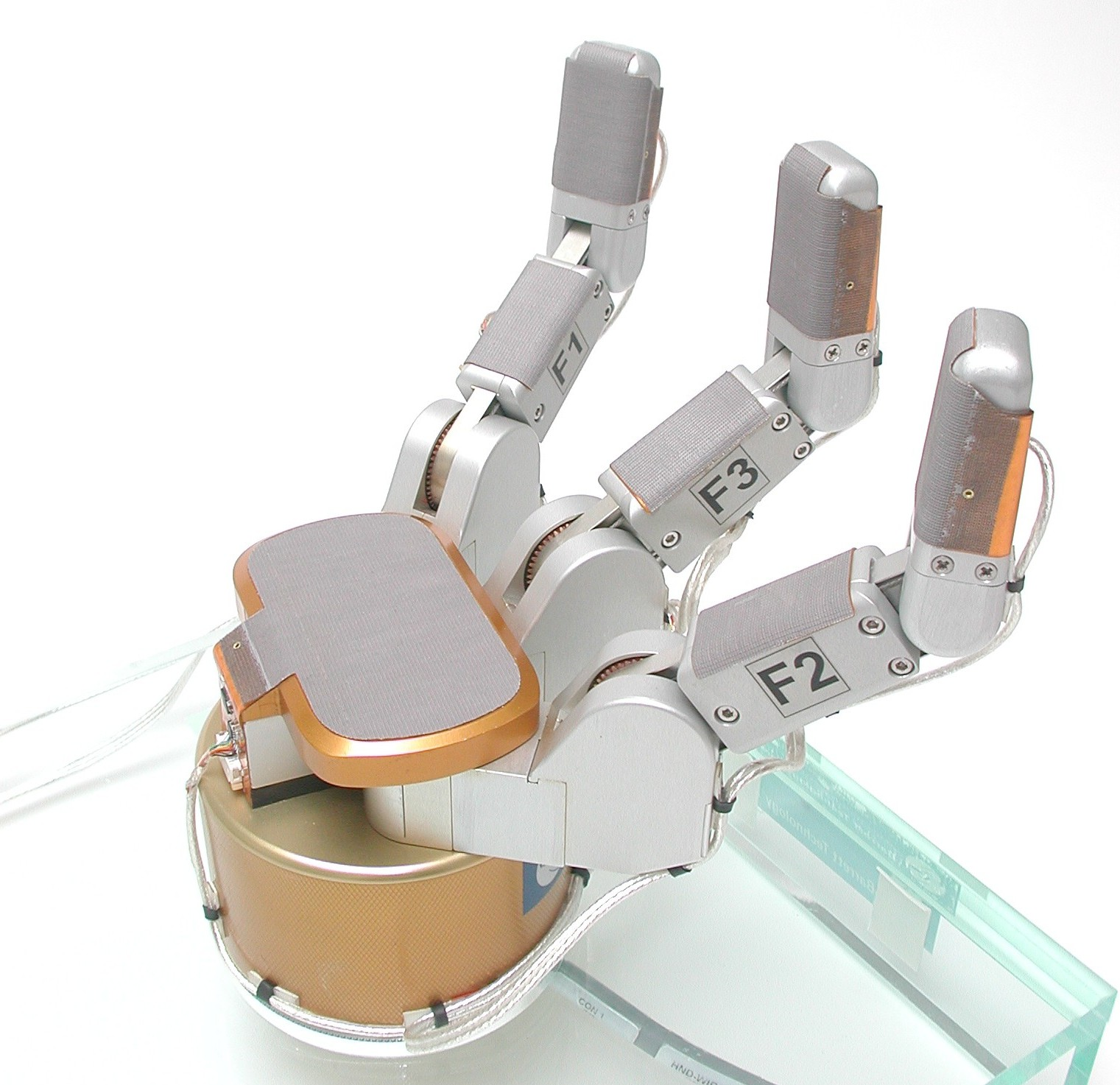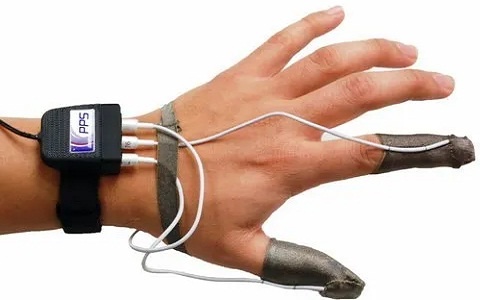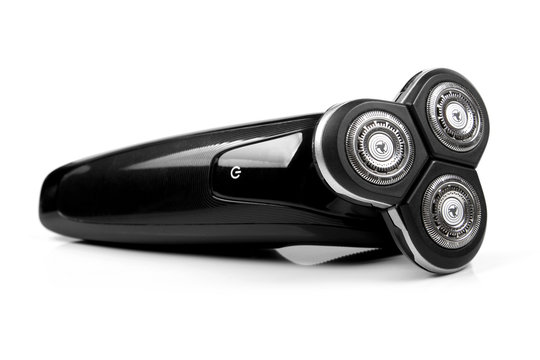Will Soaring Automation and Smart Homes Drive a Touch Revolution in Australia Tactile Sensor Market?

Strong 8k brings an ultra-HD IPTV experience to your living room and your pocket.
Introduction
Australia Tactile Sensors Market is poised for significant growth, projected to reach USD 210.3 million by 2030 from USD 101.1 million in 2023, exhibiting a robust CAGR of 10.1%. This surge is fueled by a confluence of factors, most notably the increasing demand for automation across industries and the burgeoning adoption of smart home technologies. But what are the latest trends, key players, and potential challenges shaping this dynamic landscape?
The Force Behind the Growth: Automation and Smart Living
The relentless march of automation across various sectors in Australia is a primary driver for the tactile sensor market. Industries like manufacturing, healthcare, and logistics are increasingly integrating robotics and automated systems to enhance efficiency, precision, and safety. Tactile sensors, which mimic the human sense of touch by detecting and measuring physical interactions like pressure, force, and texture, are crucial for enabling robots to perform complex tasks with dexterity and interact safely with their environment.
For instance, in advanced manufacturing, tactile sensors integrated into robotic arms allow for delicate handling of components, quality control through surface texture analysis, and adaptive gripping. Similarly, in healthcare, robots equipped with tactile sensors can assist in minimally invasive surgeries, providing surgeons with crucial haptic feedback. The agricultural sector is also witnessing the adoption of robotic systems for tasks like fruit picking, where tactile sensors help in identifying ripeness and applying the appropriate amount of pressure.
Beyond industrial applications, the rapid growth of the smart home market in Australia is significantly boosting the demand for tactile sensors. By the end of 2023, approximately 7.6 million Australian homes had at least one smart device installed. Tactile sensors are integral to the functionality of these devices, enabling touch-sensitive interfaces for controlling lighting, thermostats, security systems, and various other appliances. They facilitate intuitive user interaction through touch, gestures, and pressure sensitivity, enhancing the overall smart living experience.
Recent Developments and Technological Advancements
The tactile sensor technology itself is undergoing continuous advancements, leading to enhanced performance and a wider range of applications. Recent developments include:
• Miniaturization and Increased Sensitivity: Researchers are constantly developing smaller and more sensitive tactile sensors. This is crucial for applications in wearable electronics, medical devices, and robotics where space and precise feedback are critical.
• Flexible and Wearable Sensors: The emergence of flexible tactile sensors is opening up new possibilities in wearable technology and health monitoring. These sensors can be integrated into clothing or directly onto the skin to monitor vital signs, detect pressure points, or provide haptic feedback in virtual reality applications. For example, "smart textiles" incorporating tactile sensors are being developed for sports and medical monitoring.
• Biomimetic Tactile Sensors: Inspired by the sense of touch in natural organisms, biomimetic tactile sensors are designed to replicate the complexities of human skin, enabling advanced texture recognition and object manipulation capabilities for robots. Recent studies focus on mimicking the touch perception of fingerprints and animal fur for improved sensing accuracy.
• Integration with AI and IoT: The integration of tactile sensors with Artificial Intelligence (AI) and the Internet of Things (IoT) is creating intelligent systems capable of real-time data analysis and decision-making based on tactile input. This is particularly relevant in industrial automation for predictive maintenance and in smart homes for personalized control.
• Development of Advanced Materials: The use of novel materials like nanomembranes, graphene, and conductive polymers is leading to the development of tactile sensors with superior mechanical properties, sensitivity, and durability.
In a notable recent development, researchers from IIT Bombay and Monash University in Australia collaborated to develop a cost-effective and efficient sensor for detecting toxic metals in water. While not a traditional tactile sensor, this highlights the growing sensor innovation within Australia and the potential for cross-pollination of technologies.
Key Players Shaping the Australian Market
While the provided search results do not offer an exhaustive list of key players specifically within the Australian tactile sensor market, several global companies with a presence in the region are likely to be significant contributors. These may include:
• Broadcom: A major global technology company that produces various sensor technologies.
• Synaptics Incorporated: Known for their touch and display technologies, including those used in consumer electronics.
• STMicroelectronics N.V.: A global semiconductor leader with a broad portfolio of sensors, including tactile sensors.
• Pressure Profile Systems: Specializes in tactile pressure measurement solutions for medical and industrial applications.
• AIS Global group (Touch): Likely involved in touch-based technologies relevant to tactile sensing.
It's also important to note that regional companies and research institutions within Australia are actively involved in the development and application of tactile sensor technology, as evidenced by the Monash University collaboration. The successful fundraising by companies focused on tactile sensor technology, such as Contactile's USD 2.5 million investment in May 2022, indicates a growing domestic interest and capability in this field.
Applications Across Diverse Sectors
The versatility of tactile sensors allows for their application across a wide range of industries in Australia:
• Consumer Electronics: Smartphones, tablets, wearables, and gaming consoles utilize tactile sensors for touchscreens, gesture recognition, and haptic feedback, enhancing user interaction.
• Automotive: Tactile sensors are being integrated into vehicles for advanced driver-assistance systems (ADAS), touch-based controls, and occupant detection. They also play a role in the development of autonomous vehicles for environmental awareness.
• Healthcare: Medical devices, prosthetics, robotic surgery, and patient monitoring systems increasingly rely on tactile sensors for precise interaction and feedback.
• Industrial Automation: Robotics, machinery control, quality inspection, and process monitoring benefit from the force, pressure, and touch information provided by tactile sensors.
• Aerospace and Defense: Tactile sensors can be used in aircraft control systems, wearable technology for soldiers, and robotic systems for hazardous environments.
• Agriculture: As mentioned earlier, robotics with tactile sensors are being explored for tasks like fruit picking and soil analysis.
• Smart Homes: Touch interfaces for controlling various smart devices rely heavily on tactile sensor technology.
Challenges and Future Outlook
Despite the promising growth prospects, the Australian tactile sensor market may face certain challenges:
• High Costs: The cost of advanced tactile sensor technology, particularly for high-precision and specialized applications, can be a barrier to adoption for some industries.
• Integration Complexity: Integrating tactile sensors seamlessly with existing systems and ensuring compatibility can pose technical challenges.
• Durability and Reliability: Ensuring the long-term durability and reliability of tactile sensors, especially in harsh industrial environments, is crucial.
• Data Processing and Interpretation: Effectively processing and interpreting the large amounts of data generated by tactile sensor arrays requires sophisticated algorithms and processing power.
Conclusion
The Australian tactile sensor market is expected to continue its upward trajectory, driven by the increasing demand for automation, the proliferation of smart devices, and ongoing technological advancements. The focus on developing more flexible, sensitive, and integrated tactile sensors will further expand their applications across diverse sectors. Collaborations between research institutions and industry players, along with continued investment in innovation, will be crucial in overcoming existing challenges and unlocking the full potential of tactile sensing in Australia. The touch revolution is just beginning, and Australia is poised to be a significant participant.
Note: IndiBlogHub features both user-submitted and editorial content. We do not verify third-party contributions. Read our Disclaimer and Privacy Policyfor details.







